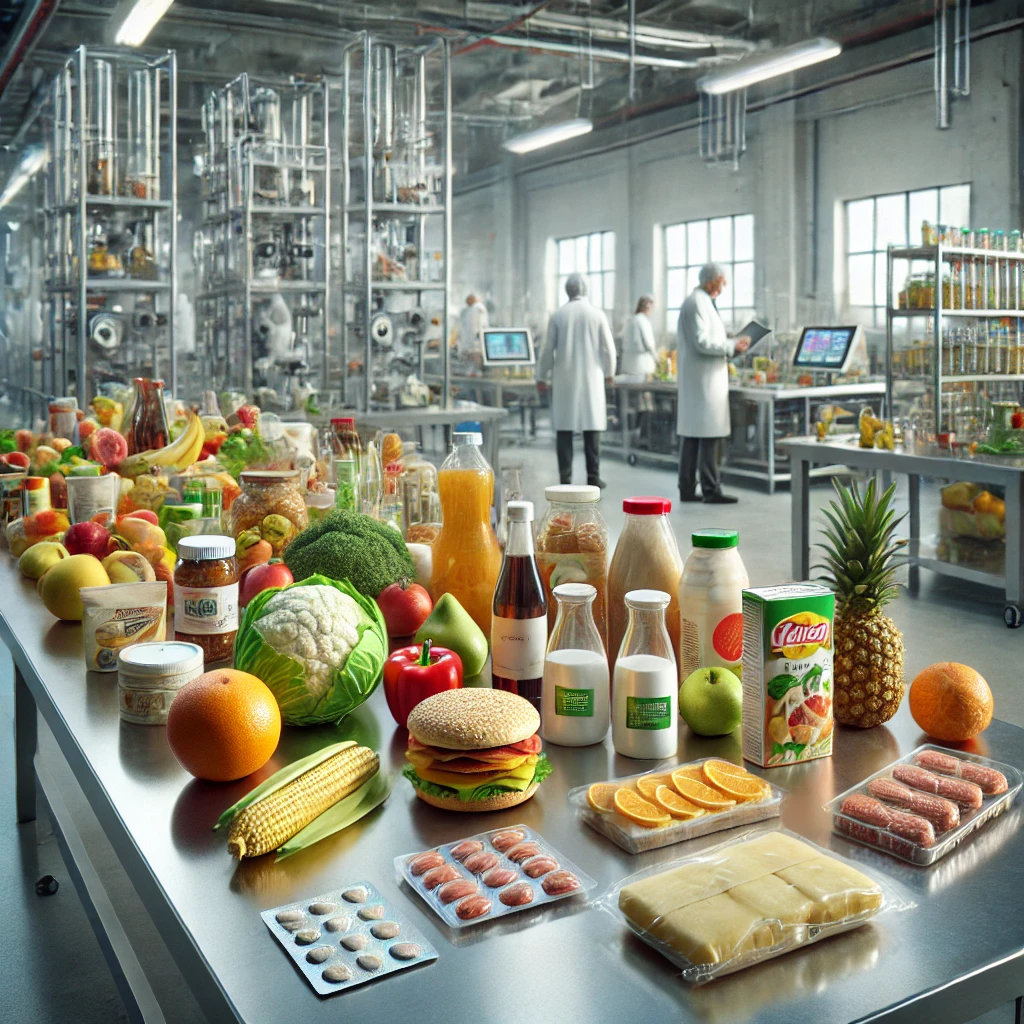The Hidden Dangers of Chemical Preservatives and Artificial Additives
In an age where chemical preservatives and artificial additives have become mainstays in our processed food supply. From shelf-stable snacks to ready-to-eat meals, these substances are used to enhance flavor, appearance, and longevity. However, while they may improve the food experience, many of these additives carry hidden dangers that can impact our health. In this blog post, we will explore the risks associated with chemical preservatives and artificial additives and why it’s essential to be informed about what’s in our food.
What Are Chemical Preservatives and Artificial Additives?
Chemical preservatives are substances added to food products to prevent spoilage and extend shelf life by inhibiting the growth of bacteria, molds, and yeasts. Artificial additives, on the other hand, include a wide range of substances that enhance flavor, color, and texture. While both serve important roles in food production, their safety has come under scrutiny.
The Risks Associated with Chemical Preservatives
Sodium Nitrite and Nitrate
Commonly found in processed meats such as bacon and hot dogs, sodium nitrite and nitrate help preserve flavor and color. However, when these chemicals are heated, they can form nitrosamines—compounds that are linked to an increased risk of colorectal cancer. The World Health Organization has classified processed meats as a Group 1 carcinogen, highlighting the dangers associated with their consumption.
BHA and BHT
Butylated hydroxyanisole (BHA) and butylated hydroxytoluene (BHT) are synthetic antioxidants used to prevent fats and oils from going rancid. Studies have raised concerns about their potential carcinogenic effects and their ability to disrupt hormonal balance. Regular consumption of foods containing these preservatives can contribute to long-term health issues.
Sodium Benzoate
Often found in carbonated beverages and acidic foods, sodium benzoate acts as a preservative to inhibit microbial growth. However, it can form benzene, a known carcinogen, when combined with vitamin C under certain conditions. This reaction poses significant health risks, particularly for consumers unaware of its presence in their beverages.
Sulfites
Sulfites are commonly used in dried fruits, wines, and some vegetables to prevent browning. While generally safe for most, they can cause severe allergic reactions in sensitive individuals, particularly those with asthma. This hidden danger can lead to unexpected health complications for unsuspecting consumers.
The Dangers of Artificial Additives
Artificial Sweeteners
Found in many “diet” and “sugar-free” products, artificial sweeteners like aspartame and sucralose are designed to reduce caloric intake. However, research suggests that these sweeteners may contribute to metabolic issues, weight gain, and increased cravings for sugary foods. Some individuals also report adverse reactions, including headaches and digestive issues.
Artificial Colors and Dyes
Brightly colored candies and processed foods often contain artificial colors such as Red 40 and Yellow 5. Studies have linked these dyes to hyperactivity in children and potential carcinogenic effects. The long-term implications of consuming foods laden with artificial colors remain a concern for parents and health-conscious consumers alike.
Trans Fats
Though technically a type of artificial additive, trans fats deserve special mention. Often found in partially hydrogenated oils used in baked goods and fried foods, trans fats are notorious for raising bad cholesterol levels while lowering good cholesterol. Their consumption is strongly linked to heart disease, making them one of the most dangerous additives in the food supply..
The hidden dangers of chemical preservatives and artificial additives are significant and should not be overlooked.
How to Avoid Harmful Additives
Read Ingredient Labels
One of the best defenses against harmful preservatives and additives is to read ingredient labels carefully. Look for products that have short ingredient lists and avoid those that contain chemical names you don’t recognize.
Choose Whole, Unprocessed Foods
Whenever possible, opt for fresh, unprocessed foods. Fruits, vegetables, whole grains, and fresh meats are typically free from harmful additives and preservatives.
Look for Clean Labels
Seek out products labeled as “free from artificial additives” or “made with natural ingredients.” This can help you find options that prioritize health and transparency.
Educate Yourself About Brands
Support brands that are committed to using natural ingredients and avoiding harmful preservatives. Research companies that align with your values and prioritize food safety.
Cook at Home
Preparing meals at home allows you to control the ingredients and avoid chemical preservatives and artificial additives. Fresh, homemade meals are often more nutritious and safer than processed alternatives.
While chemical preservatives and artificial additives are commonly used to enhance food products, their potential health risks raise important questions about the safety of our food. By educating yourself about harmful additives and making informed dietary choices, you can take control of your health and reduce your exposure to these chemicals. As consumers, we have the power to influence the food industry by demanding transparency and safer products. Stay informed, read labels, and prioritize fresh, whole foods in your diet. Together, we can foster a food system that values quality, safety, and nutrition for all, paving the way for a healthier future.

